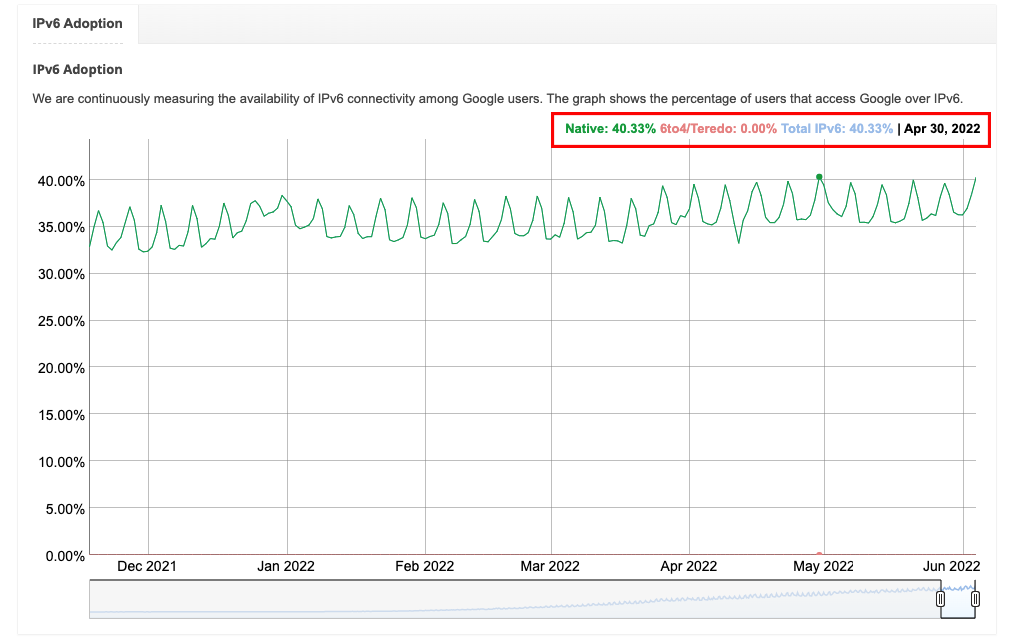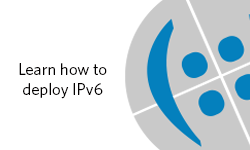
This week marks the 10th anniversary of World IPv6 Launch Day, and the 11th anniversary of the preceding World IPv6 Day; events that sought to encourage Internet Service Providers (ISPs), home networking equipment manufacturers, and companies around the world to test and permanently enable IPv6 for their products and services.
During the last decade, various individuals and organizations have contributed to promoting and deploying IPv6, which recently passed 40% adoption globally.

As APNIC’s George Michaelson pointed out in a post earlier this week, the Asia Pacific region has played a leading role in this milestone, accounting for 66% of worldwide adoption!
This is a fantastic achievement that should not just focus on the deployments of a few large providers in China and India but also the capacity development efforts that have helped connect smaller networks throughout the region. Network Operator Groups (NOGs) have been particularly useful in this respect, with many hosting IPv6 workshops and tutorials such as the IPv6 on Mikrotik workshop held last month during the Indian Network Operators’ Group (INNOG) meeting, where I volunteered as an instructor.
While these efforts have largely focused on educating and assisting network engineers, if we’re to increase IPv6 adoption further, we also need to expand our awareness and development efforts to other Internet contributors.
Connecting the next 40%
Small and medium-sized enterprises (SMEs), for example, generally have only one IT employee who, among their daily helpdesk tasks, most likely purchase and configure their organization’s IT equipment and manage their organization’s local area network (LAN). It’s particularly important to form a dialogue with these people about IPv6, as they can dictate the need for IPv6-capable end user devices. And quicker rollout is encouraged when customers demand such devices and support from their vendors and ISPs.
Similarly, there is the web development community. Outside of the top few hundred websites that are managed by dedicated DevOps teams, most SME websites and apps are managed by the same team that developed the project. Some specific projects might need some tweaking to be IPv6 compatible, but a basic website with a few static/dynamic pages doesn’t need any special treatment.
There are hundreds, if not thousands, of websites that are hosted on an IPv6-capable server and would work flawlessly without any treatment if enabled over IPv6 but are still missing the AAAA record — because the developer who manages the hosting and DNS either doesn’t understand the importance, or maybe they’re completely unaware of IPv6.
As many experts have stated, IPv6 is highly desirable because it can lead to a simpler network architecture with lower configuration and management costs, while allowing for rational large-scale network planning and the growth of the Internet.
If these equally important but largely ignored communities are made aware of IPv6 and are provided similar support given to the network engineering community, hopefully we won’t be waxing lyrically about the transition to IPv6 in another 10 years. It will just be business as usual.
Rahul Makhija is a network engineer and web app developer who is either pushing bits or flipping bits, so is in-between bits all the time.
The views expressed by the authors of this blog are their own and do not necessarily reflect the views of APNIC. Please note a Code of Conduct applies to this blog.




